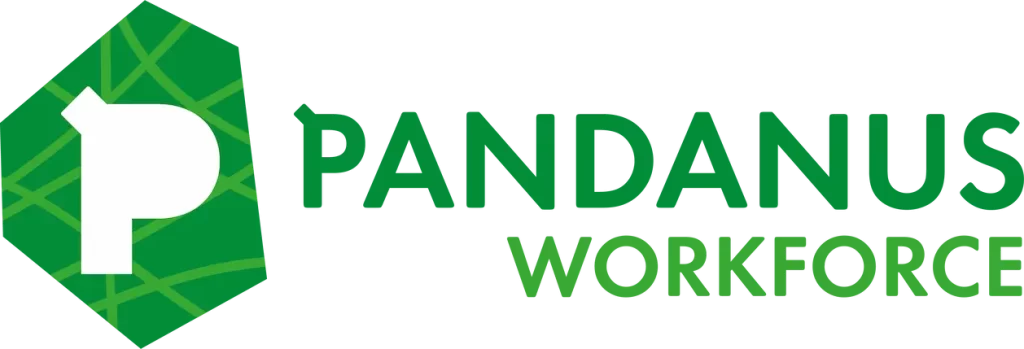In a world where workforce challenges are intensifying and skilled Labour shortages are the norm, businesses are re-evaluating how they attract, retain, and manage their people. One area often misunderstood or undervalued in this conversation is the role of Labour hire.
All too often, Labour hire is lumped under the same strategic umbrella as internal recruitment and attraction. But doing so ignores the purpose and power of a truly strategic Labour hire supplier relationship. When treated as a bolt-on to recruitment rather than a standalone workforce solution, it risks becoming reactive, inefficient, and—frankly—expensive.
This article explores why your Labour hire strategy should be developed and deployed independently of your internal workforce attraction strategy, and how doing so can unlock agility, scale, and success across major infrastructure, construction, or energy projects.
The Misconception: Labour Hire Is Just “Extra Hands”
Labour hire is often seen as a short-term fix—a back pocket option for when things go wrong or gaps suddenly appear. But that perception has done a disservice to the real value a strategic Labour hire partner can offer.
When Labour hire is viewed as an extension of the internal recruitment team, its use becomes reactive. It’s called upon when there’s urgency but rarely given the same strategic seat at the table during early planning stages. This creates unnecessary bottlenecks, inflated costs, and a misaligned workforce.
Labour hire is not internal recruitment. It is a service-based, delivery-focused workforce solution with its own set of commercial, operational, and compliance dynamics. It must be treated as such.
Why Labour Hire Strategy Deserves Its Own Lane
- Distinct Operating Model
Labour hire operates under a different industrial framework than direct hires. Award interpretation, payroll, insurance, onboarding, and mobilisation protocols are significantly more complex. Expecting an internal team to manage this in parallel with recruitment is not only unrealistic—it opens the door to risk and inefficiency. - Flexibility and Scale
Project-based industries (like infrastructure, mining, Defence, and renewables) require scale-up and scale-down solutions that can respond in real-time. A Labour hire provider with a clear brief and strategic autonomy is better placed to deliver workforce agility when timelines compress or scopes change. - Speed to Mobilise
With the right external partner, pre-vetted pools of candidates can be activated quickly without the internal HR team scrambling for approvals, shortlisting, and interviews. This reduces delays and keeps projects on track. - Workforce Sovereignty
A mature Labour hire provider isn’t just offering people—they’re offering workforce strategy. They understand site-based realities, candidate psychology, and regional workforce dynamics. They can anticipate drop-offs, mitigate retention risks, and embed on-the-ground cultural alignment. That level of nuance doesn’t always sit within a centralised recruitment function.
The Power of Dual Strategy: How They Should Work Together
An external Labor hire strategy doesn’t replace your internal recruitment plan—it complements it. Think of it as a dual-lane approach:
- Internal Recruitment: Builds long-term capacity and culture for your core team. It prioritises organisational fit, long-term development, and retention.
- Labour Hire: Provides workforce elasticity to meet fluctuating project demands, remote workforces, and high-risk ramp-up phases without overextending your internal commitments.
In this way, the Labour hire strategy becomes a workforce delivery model in its own right—not just a reactive “gap filler.”
Questions to Ask Yourself
If you’re unsure whether you’ve treated Labour hire as a distinct strategy, here are a few questions worth reflecting on:
- Have we engaged our Labour hire provider early enough in the project planning phase?
- Does our Labour hire partner have visibility of our pipeline and upcoming milestones?
- Are we measuring Labour hire success using the same KPIs we use for recruitment—or ones tailored to project delivery and site performance?
- Have we built in budget and scope for Labour hire as a primary resource, not just a backup?
If you answered no to any of the above, your Labour hire strategy might be buried inside your attraction strategy—and that’s costing you.
The Strategic Supplier Advantage
Choosing the right Labour hire partner is no longer about the cheapest rate or quickest fill. It’s about trust, transparency, and shared accountability.
At Pandanus Workforce, we act as a true extension of your delivery team. We’re embedded in your project rhythms, not just your HR workflow. We bring decades of experience, regional intelligence, and a proven ability to deliver workforce solutions in the most remote and logistically challenging environments in the country.
By separating your Labour hire strategy from your internal recruitment plan, you free up both systems to operate with precision, speed, and focus. The result? Stronger teams. Better delivery. Reduced downtime. And fewer HR headaches.
Final Thought
Too many businesses see Labour hire as a transactional service. The smart ones? They see it as a strategic lever.
In today’s competitive and dynamic Labour market, clinging to traditional attraction models will leave you behind. But when you elevate Labour hire as its own dedicated strategy, powered by the right partner—you don’t just keep pace, you take the lead.
If you’re ready to rethink your Labour hire strategy, let’s start the conversation.
Visit www.pandanus.au or call 1800 845 133 to speak with our workforce experts.






